Why the Market Isn’t as Flat as It Looks

Recent headlines might have you thinking home prices have leveled off. But dig a little deeper, and the picture changes. Across most markets, values are still shifting—just not always in the direction you’d expect.
What the Data Actually Shows
Yes, prices have cooled from the rapid, unsustainable climb of 2020–2022 — but the extent of that change depends heavily on where you look. Data from ResiClub and Zillow, covering the 50 largest metro areas, paints a split picture. Roughly half of those markets are still seeing prices edge upward, while the other half are seeing modest declines.
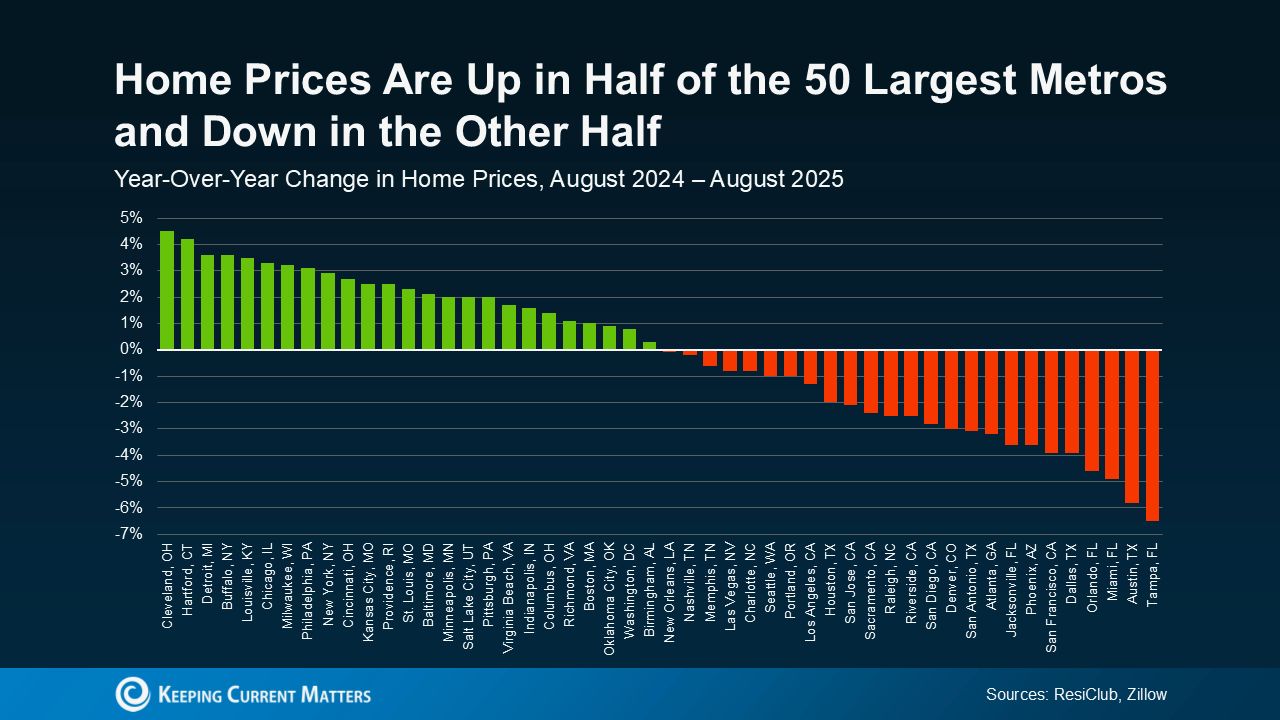
What It Really Means for Today’s Market The key takeaway? “Flat” doesn’t mean prices are steady everywhere. The data shows just how much local conditions shape what’s happening.
One major factor behind that divide is inventory. The Joint Center for Housing Studies at Harvard University explains it this way:
“Price patterns are starting to split across the country. In markets where listings have surged, prices are softening. But in areas where inventory is still tight, prices continue to climb.”
When you blend those contrasting markets together, the national average looks flat — but that number hides what buyers and sellers are actually feeling in most areas.
And if you’re focusing on the markets where prices are dipping, keep in mind that many of those were the same areas that saw the fastest growth during the boom years. After roughly 50% price growth nationally over the past five years, even a small pullback still leaves most homeowners with significant equity.
So, what really matters? Understanding what’s happening in your specific market — because that’s where the opportunity (or risk) actually lives.
If You’re Buying…
Understanding your local market is key. It shapes everything — from how fast you’ll need to move on an offer to how much leverage you’ll have once you do.
- In areas where prices are still rising, hesitation can cost you more later.
- In spots where prices are softening, buyers often have room to negotiate — whether that’s asking for repairs or help with closing costs.
Bottom line: knowing your local trend gives you the advantage.
If You’re Selling…
Stay tuned in to local market trends — they’ll guide how you price your home and how much room you’ll have to negotiate.
- In markets where prices are still climbing, sellers often have the upper hand and may not need to make many concessions.
- But if prices are easing in your area, setting the right price from the start — and being open to negotiation — becomes essential.
Key takeaway: pricing strategy matters. Sellers who lean on an agent’s local expertise tend to avoid costly missteps — and well-priced homes are still selling fast.
The Real Story Is Local
National data gives helpful context, but it doesn’t always capture what’s happening in your own backyard. Market conditions can shift dramatically from one zip code to the next.
As Anthony Smith, Senior Economist at Realtor.com, explains:
“While home prices continue to rise nationwide, local markets are moving in very different directions. This regional split is likely to keep shaping both prices and sales activity as we move through the fall season.”
That’s why, whether you’re buying or selling, your smartest move is to partner with a local real estate expert.
An experienced agent can interpret what the numbers actually mean for your neighborhood — whether prices are holding steady, climbing, or cooling — and help you make decisions that fit your market reality.
Bottom Line
Headlines might scream that home prices are flat, but that only tells part of the story. What’s happening on the ground can look very different — and the truth is, every market has its own rhythm.
Has anyone taken the time to actually walk you through what’s happening in your neighborhood, not just nationwide?
If you want the full picture of where prices are really moving in your area, the best step is to connect with a knowledgeable local agent who can break down the data and show you what it means for your next move.
Categories
Recent Posts
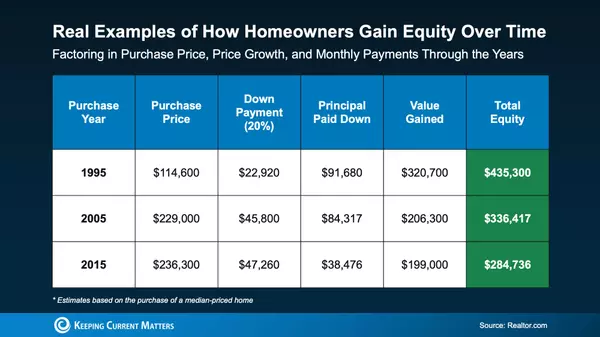
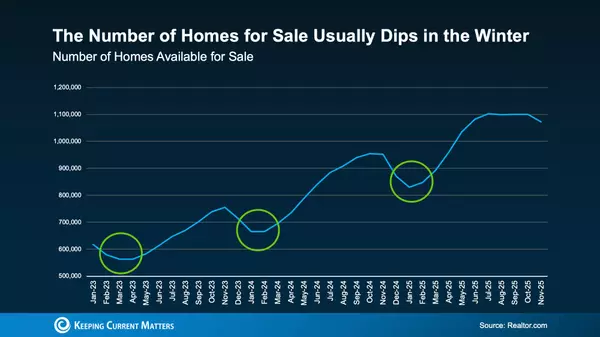
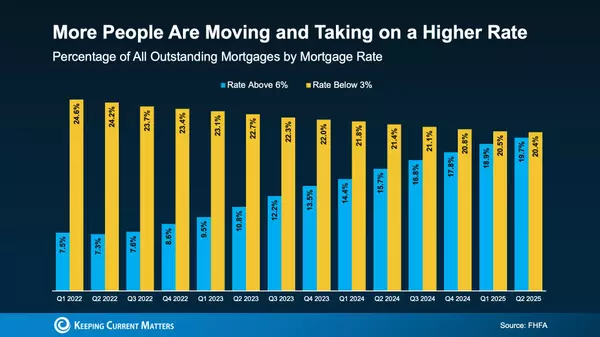
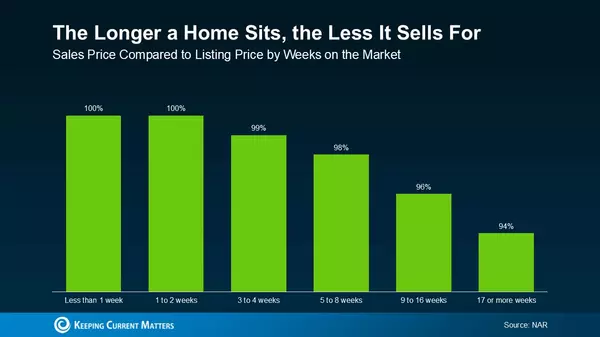
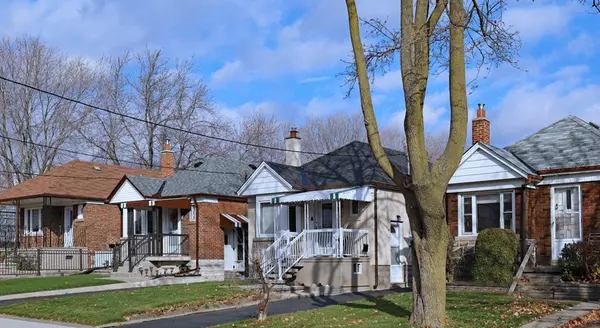
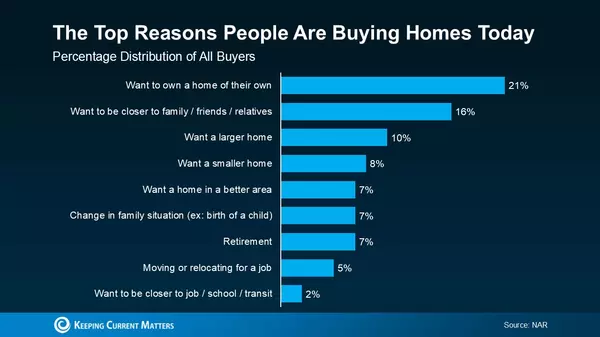
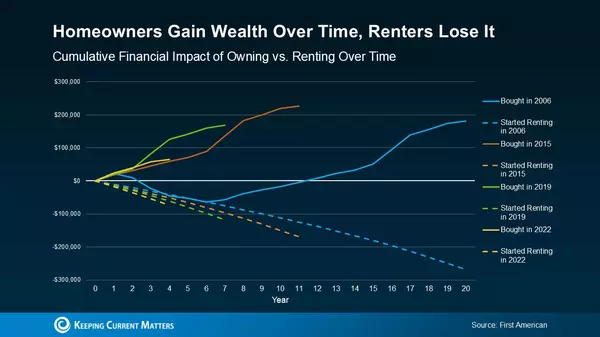
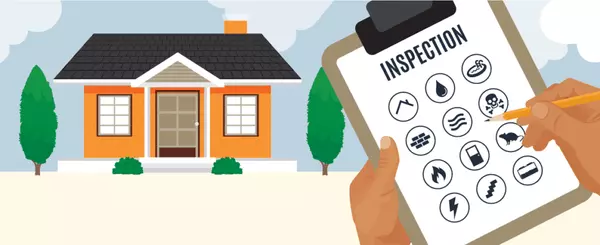
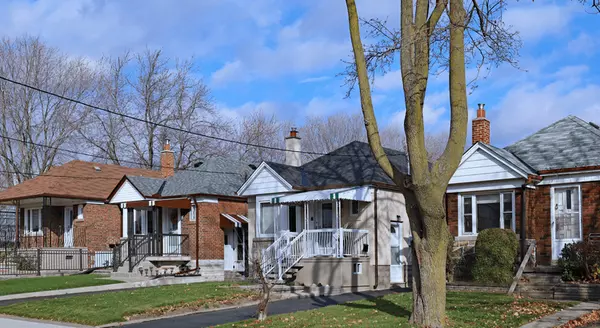
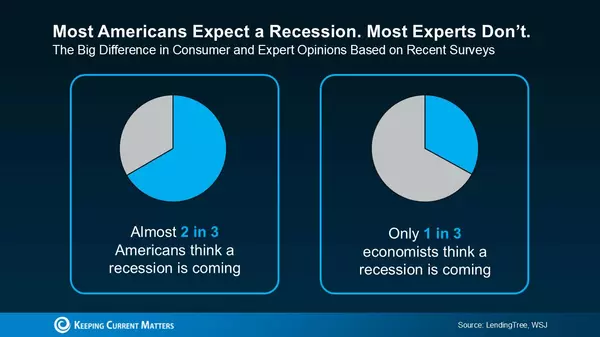
GET MORE INFORMATION


